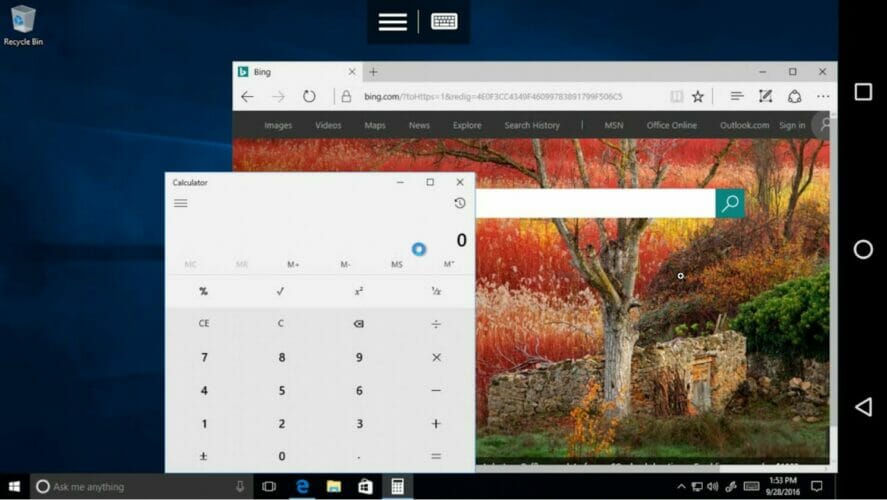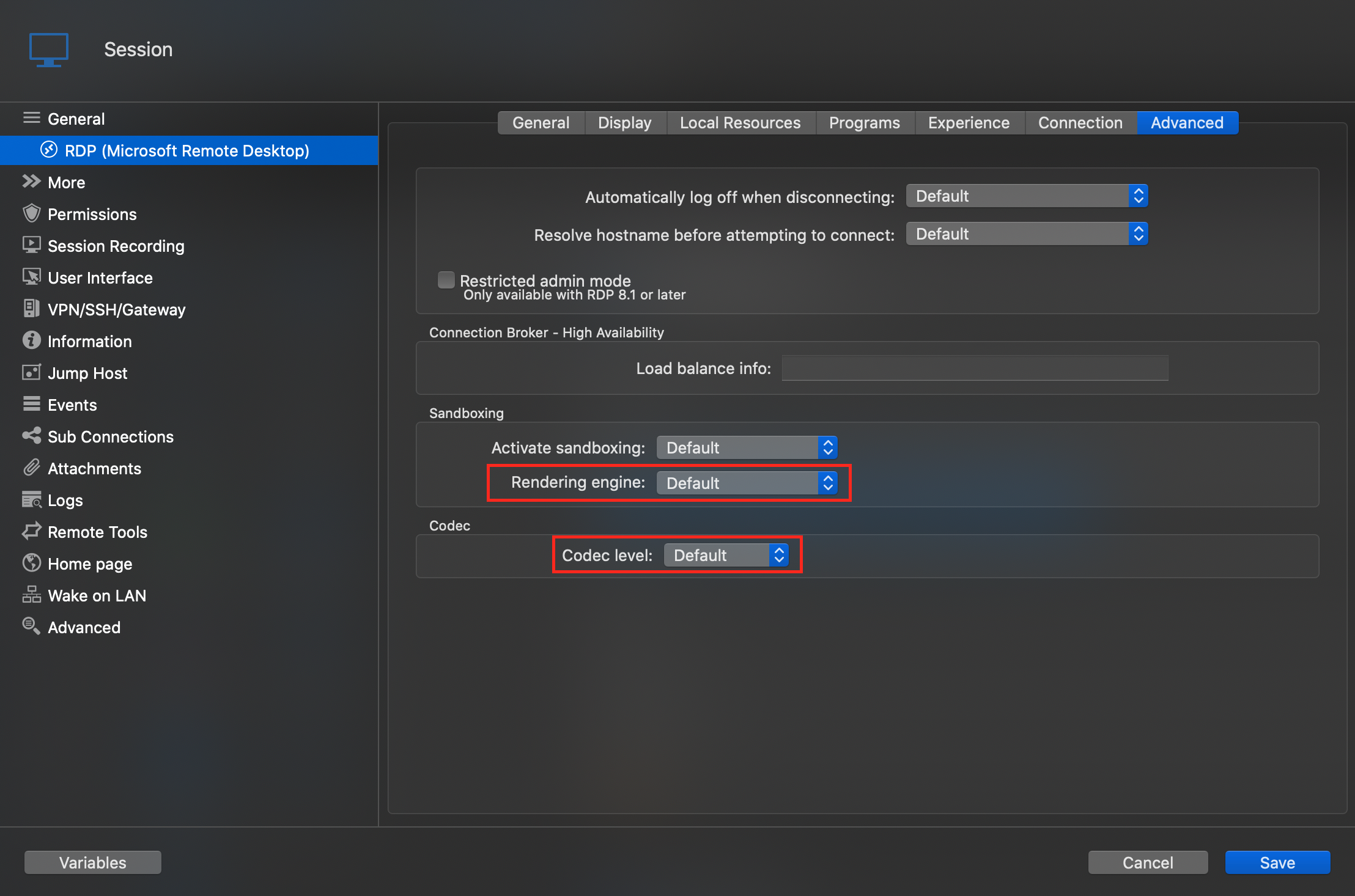
Applies to: Windows Server (Semi-Annual Channel), Windows Server 2019, Windows Server 2016
Leverage the power of Active Directory with Multi-Factor Authentication to enforce high security protection of your business resources.
For your end-users connecting to their desktops and applications, the experience is similar to what they already face as they perform a second authentication measure to connect to the desired resource:
Microsoft Authenticator With Remote Desktop
- Description Use the Microsoft Remote Desktop Classic app to connect to a remote PC or virtual apps and desktops made available by your admin. The app helps you be productive no matter where you are. Getting Started Configure your PC for remote access first.
- Switch to the Multi-factor Authentication submenu on the left Select the policy from the drop-down list and configure your authentication method (we are choosing Microsoft Authenticator) Click on Enable Microsoft Authenticator Switch to the Authenticator Settings tab.
- One of my favorite things about Microsoft Authenticator is the fact that it can be used as a way to verify all of your Microsoft Account Logins. Microsoft Remote Desktop App Updates Twice For.
This guide will show you how to install and configure Microsoft Authenticator for Office 365 multi-factor authentication. To improve the Windows Virtual Desktop experience, the Remote Desktop update also brings Microsoft Authenticator integration, which means users can log-in to the service securely without using a.

- Launch a desktop or RemoteApp from an RDP file or through a Remote Desktop client application
- Upon connecting to the RD Gateway for secure, remote access, receive an SMS or mobile application MFA challenge
- Correctly authenticate and get connected to their resource!

Google Authenticator Microsoft Remote Desktop
For more details on the configuration process, check out Integrate your Remote Desktop Gateway infrastructure using the Network Policy Server (NPS) extension and Azure AD.


Comments are closed.